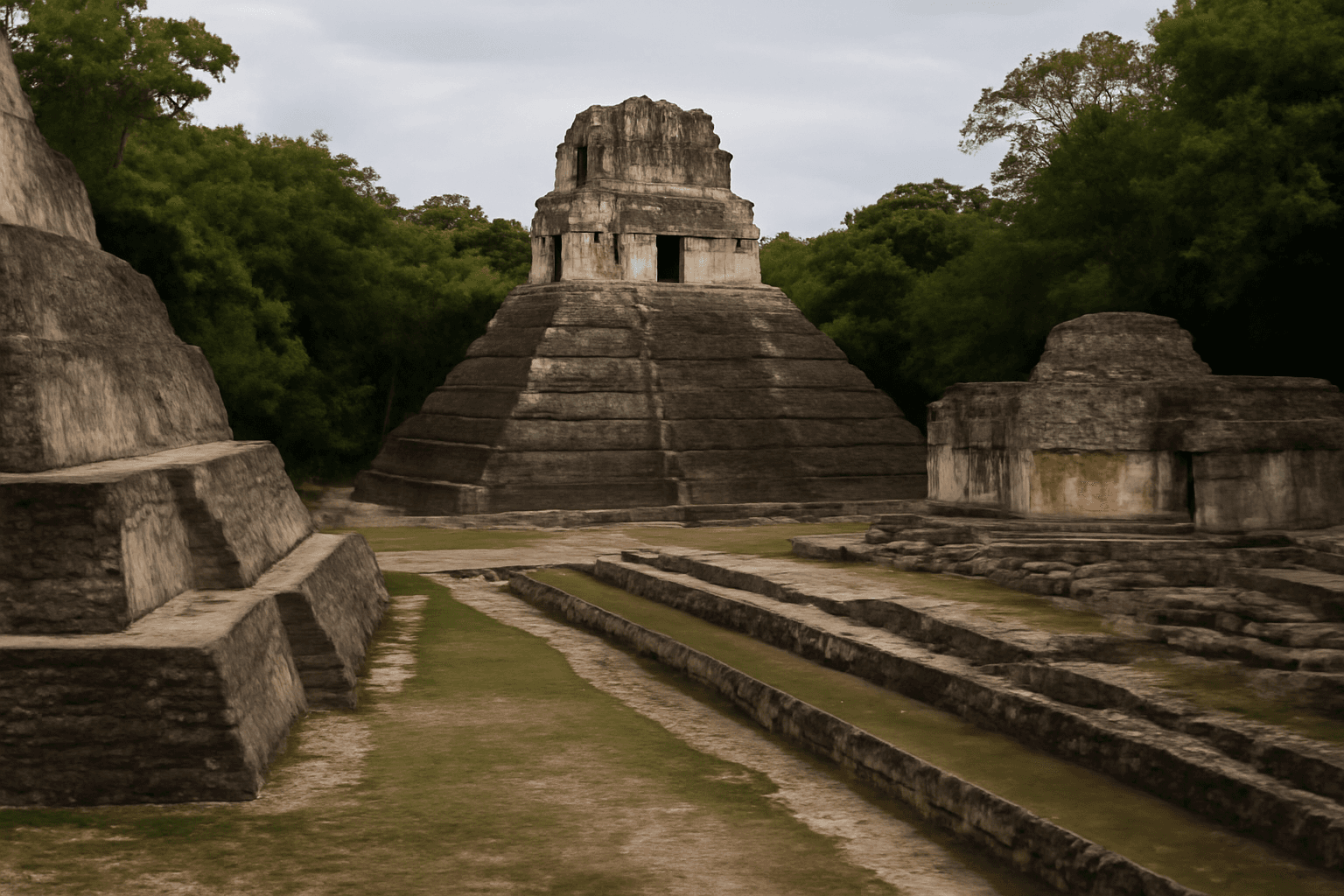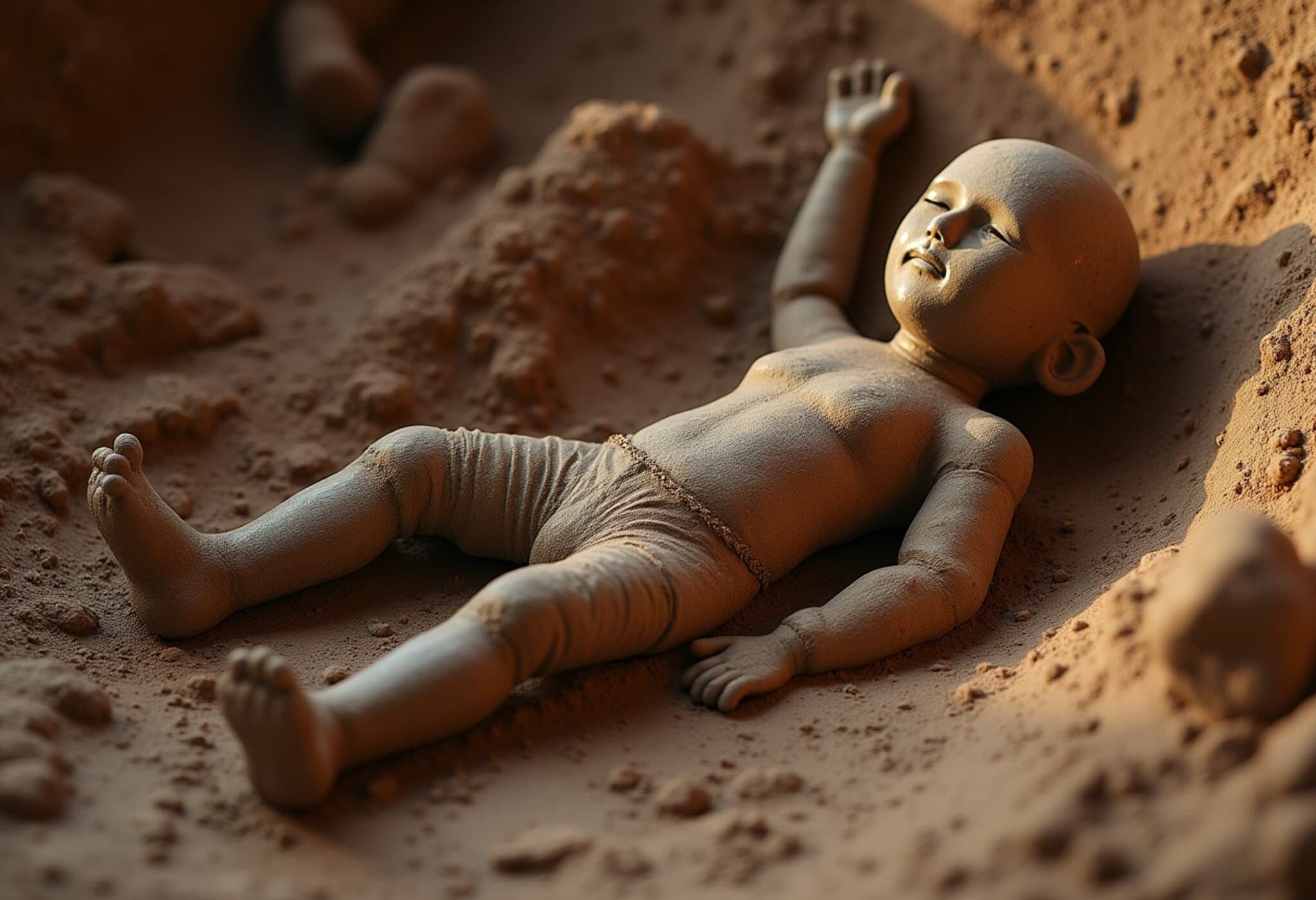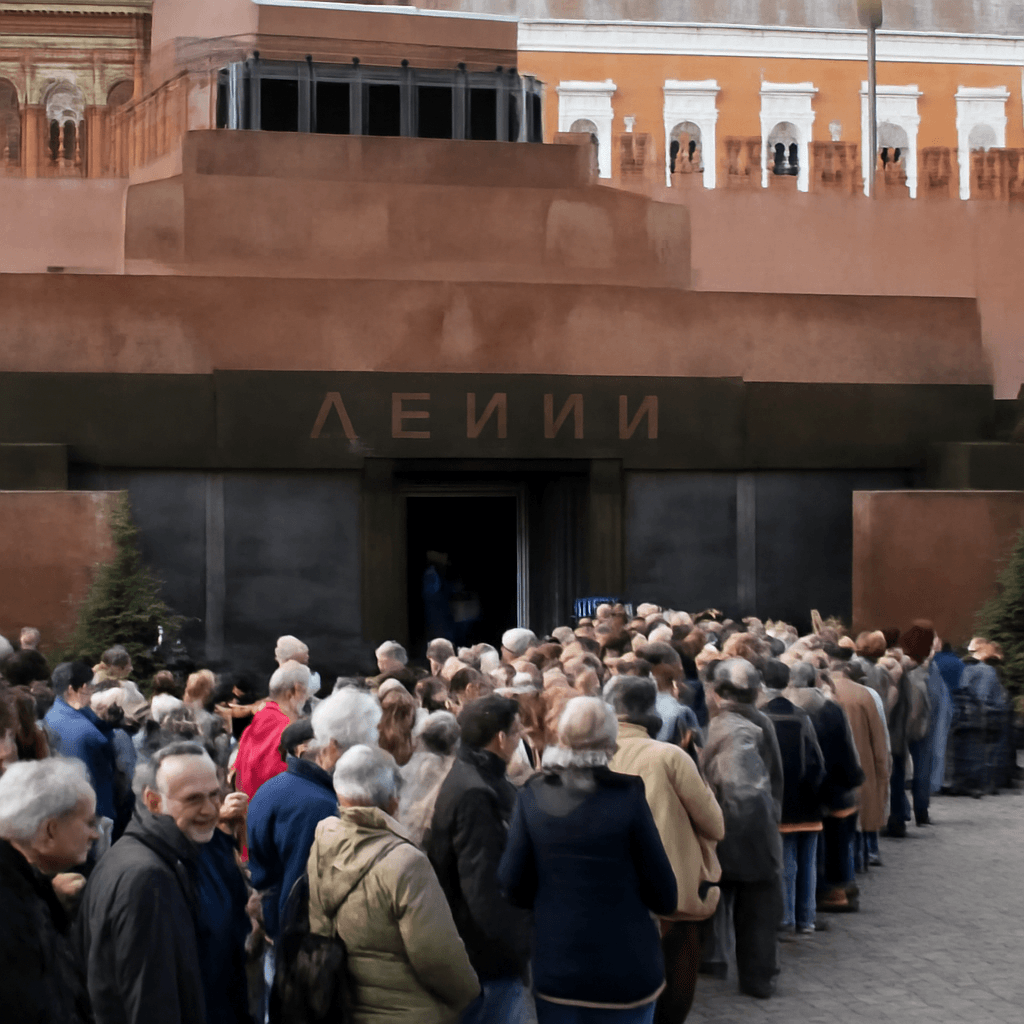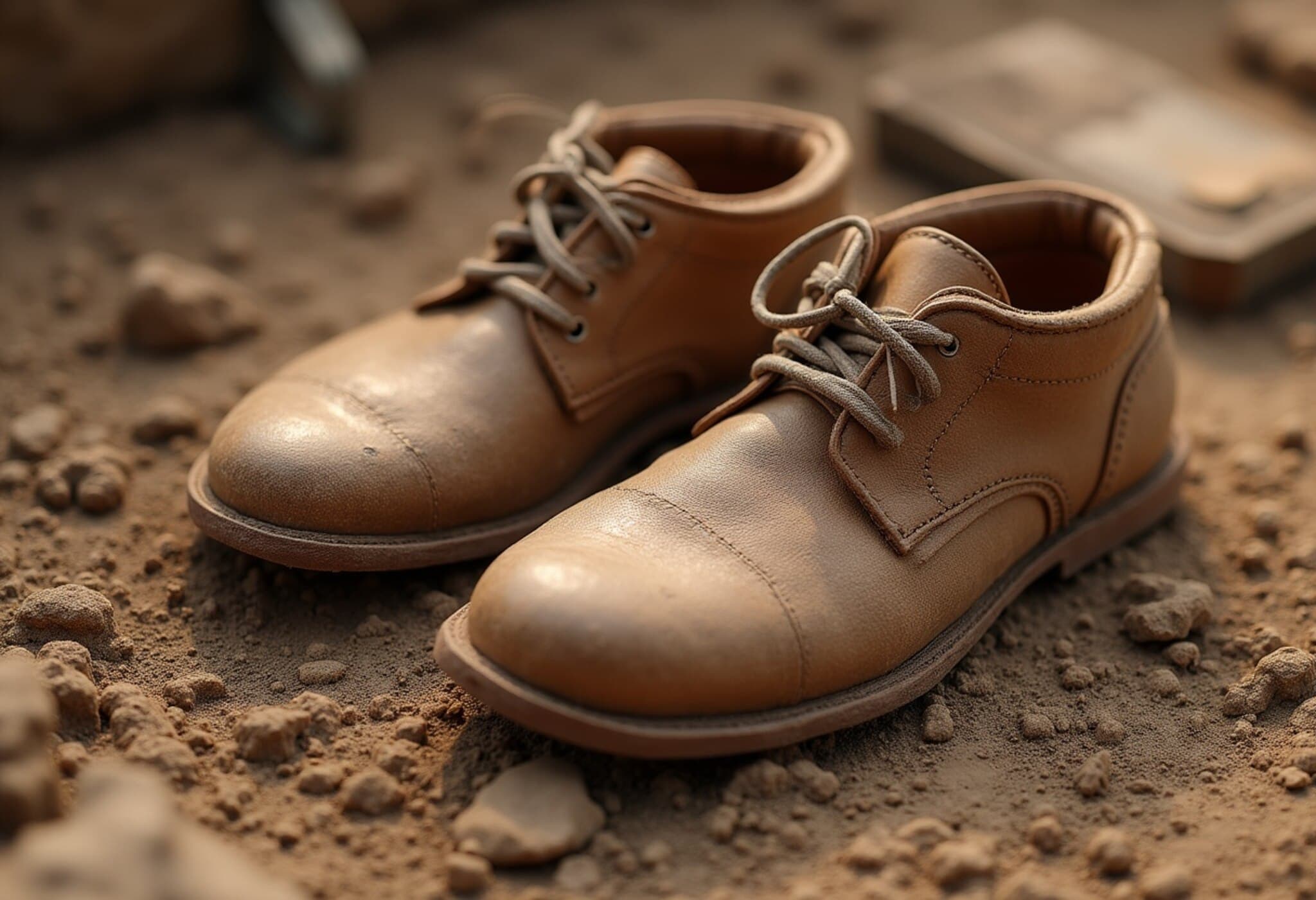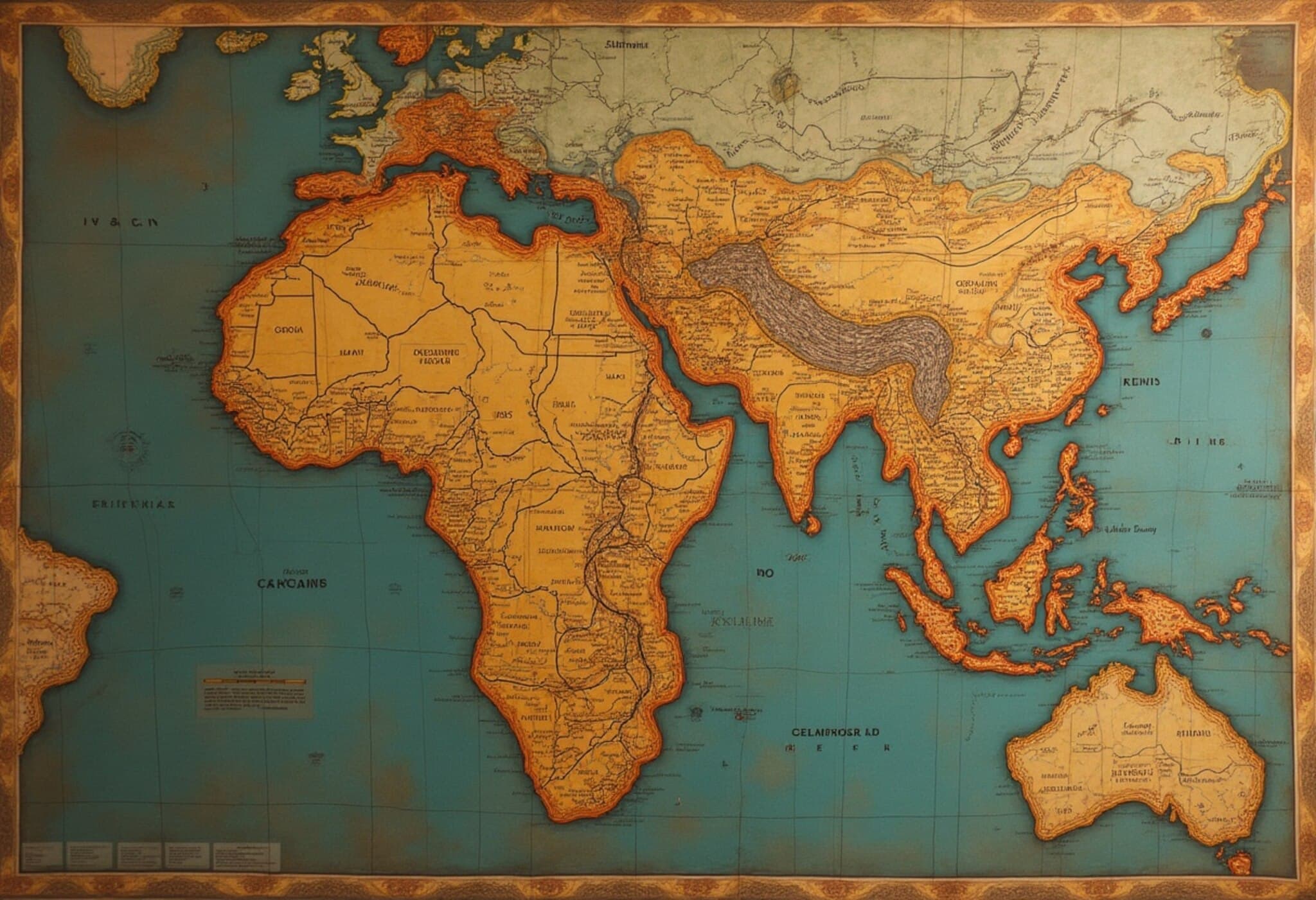Archaeologists have uncovered a nearly 3,000-year-old Mayan city in northern Guatemala, revealing pyramids and monuments that highlight its significance as a major ceremonial center. The discovery was announced by Guatemala's Ministry of Culture on May 29, 2025.
The newly found city, named Los Abuelos (Spanish for "The Grandparents"), is situated approximately 21 kilometers from the renowned archaeological site of Uaxactun in the Peten department. Dating back to the Middle Preclassic period (circa 800–500 BC), Los Abuelos is considered among the oldest and most important ceremonial hubs of the Mayan civilization in the region near the Mexican border.
The ministry emphasized the site's exceptional architectural planning, highlighted by pyramids and monuments engraved with unique regional iconography. The city derives its name from two human-like sculptures representing an "ancestral couple" discovered onsite. These figures, dated between 500 and 300 BC, potentially link to early ancestral worship rituals.
The city spans approximately 16 square kilometers and was identified by a collaboration of Guatemalan and Slovak archaeologists working in the previously unexplored sections of Uaxactun park. Among the notable findings is a 33-meter-high pyramid adorned with Preclassic murals and an exceptional canal system, indicative of advanced urban planning.
According to the Ministry of Culture, Los Abuelos forms part of a previously unrecognized urban triangle along with two nearby sites, providing new insights into the ceremonial and socio-political organization of pre-Hispanic Peten.
This discovery adds to recent findings in the region, including an ancient altar from Mexico's Teotihuacan culture found at Tikal, reinforcing evidence of cultural connections across significant distances within pre-Hispanic Mesoamerica.
Tikal, located about 23 kilometers from Uaxactun, remains Guatemala's premier archaeological site and a major attraction for tourists and researchers alike.

